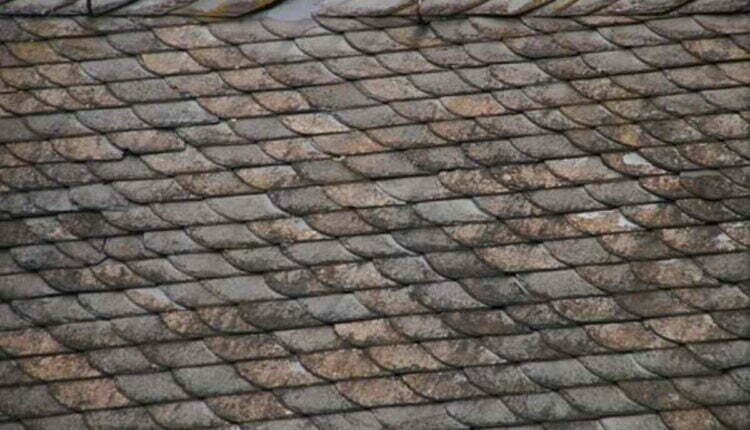If you have noticed your roof is leaking, you need to fix it right away. You can do several things to help keep the water from entering your home. The first step is to find the source of the leak. After that, you will need to cover the area with a tarp. You will also need to document the damage. You may also want to call a professional to fix the leak.
Identify the source of the leak.
If your roof is leaking, identifying the source of the leak is an excellent place to start. In some cases, the leak is coming from below your house. Depending on the severity of the damage, you may need to contact a professional for help.
Identifying the source of the leak isn’t always easy. However, there are a few steps that can help you.
First, you’ll need to determine what type of roof you have. Generally speaking, roofs are divided into three planes: horizontal, vertical, and slant. The most common sources of leaks are broken shingles, loose nails, or damaged flashing.
Next, you’ll need to access the attic. If your attic is covered with insulation, you’ll need to remove it to identify the source of the leak. You can then use a flashlight to find the leak.
Create a leaking funnel
A leak funnel is a great tool to have on hand if you have a leaking roof. It’s a simple bottle or jug funnel that will help redirect the water to the outside of your home. This will help stop the flow of water and keep you from seeing more damage.
The funnel is best used in the attic. If your home doesn’t have an attic, you can use a bucket to catch the water as it comes down. This will help prevent further damage to your drywall.
The funnel can also be used in the crawlspace. However, you’ll need to find the leak if you don’t have access to the crawlspace. The best place to locate the source of the leak is in your attic.
Apply a tarp
If a storm has damaged your roof, you may need to apply a tarp to fix a leaking roof. This quick and inexpensive repair solution can save your home from further damage. First, however, it’s essential to follow the directions carefully.
First, you need to clear the debris off the roof. This helps to locate the source of the leak. If there is broken tile or tiles or you’ve noticed torn or missing shingles, these are indicators of a roof leak. Next, use plywood to cover any holes. You can then secure it with roofing nails or screws.
Once the plywood is in place, you can start tarping the roof. A good tarp should be thick and wide enough to cover the damaged area. It should also extend over the roof’s peak by at least four feet.
Document the damage
The first step in fixing a leaking roof is to document the damage. A tally of photos and videos will give you a good idea of how much water has entered your home. This will help you decide if it is time to replace your roof or if it is better to wait for the rain to pass.
While you are at it, you might also want to look into the insurance policy you have for your home. Unfortunately, not all homeowner’s insurance policies cover roof repairs. However, it is possible to obtain emergency roof repair for free.
This will entail a call to your insurer. You will need to fill out an insurance claim form and provide pictures of your roof to the insurance company. The insurance company may also require you to submit a report. It is a good idea to be home while you are doing this, as you will need to be able to explain your findings to the insurance adjuster.
Call a Professional
If you think you might have a leaking roof, you should call a professional to find out where it is and fix it. Leaving it unfixed can cause more damage to your property in the long run and can even lead to mold.
If you have access to your attic, the easiest way to find a leak is to go up and look from the ground. However, it is essential to remember that you may need to wait until the weather is dry.
You can also try to find the leak by removing shingles in the area. You might be surprised at the extent of the damage, especially if it isn’t evident on the outside. You can use a flashlight to see if there are any bright spots.

